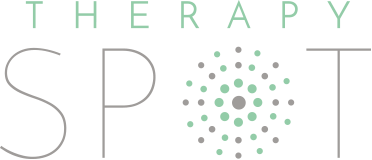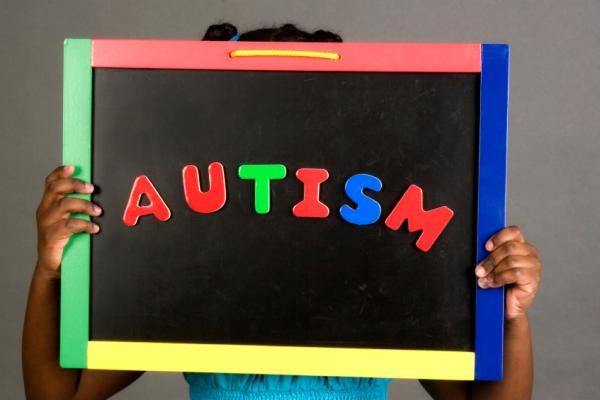The diagnosis of autism spectrum disorder (ASD) has increased dramatically worldwide in recent decades, which causes many to wonder if the disorder is really becoming more common or if it is just being better recognized. A recent study has found that most of the increase in ASD diagnoses in Denmark can be explained by changes in Danish diagnostic criteria. In 1994, the Danish national health authorities changed the definition of autism to include a spectrum of disorders instead of a specific, limited set of symptoms. The researchers found that there was a sharp increase in the number of diagnoses immediately following this change in diagnostic criteria.
What does this mean? The fact that the number of autism diagnoses increased sharply immediately after its definition changed indicates that its actual prevalence has probably not changed. Instead, health professionals have become better at recognizing it.
I don’t live in Denmark. Does this study affect me? Changes in autism diagnostic criteria also occurred in other diagnostic manuals around the world during this same time period, including the Diagnostic and Statistical Manual of Mental Disorders (DSM) used throughout North America. It is no coincidence that the increase in ASD we have been noticing began following this widespread change.
What is the prevalence of ASD as it is currently reported? According to current diagnostic guidelines, about one in every 100 children is on the autism spectrum. Some believe ASD is even more common, as rates as high as 2.6% have been reported.
Source: Hansen, S. N., Schendel, D. E., & Parner, E. T. (2015). Explaining the increase in the prevalence of autism spectrum disorders: The proportion attributable to changes in reporting practices. JAMA Pediatrics, 169(1), 56-62. http://archpedi.jamanetwork.com/article.aspx?articleid=1919642



